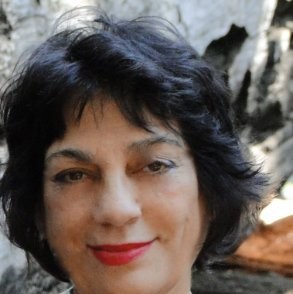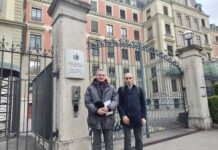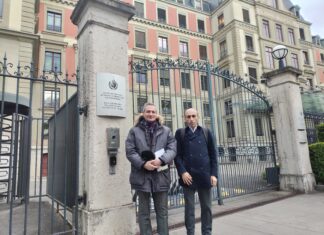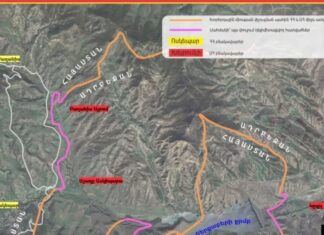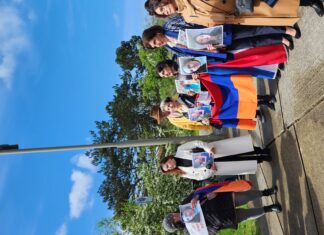To the Editor:
Would you like to interview our fighters from Shahumyan? Asked me the mamig sitting at the desk on our floor in Hotel Armenia.
‘Shahumyan?” “Where is Shahumyan?” I asked her. “You don’t know? They will tell you all about it. Let me call them to come,” she said without waiting for my reply.
It was March 1990. I was in Armenia as guests invited to celebrate International Women’s Day and to observe first hand and report back to the community on the December 1988 devastating earthquake in Armenia.
My two colleagues and I exuberant but with some reservation flew to Yerevan. Although I had been there before, I knew this time would be different. The 1988 earthquake in Armenia and the pogroms against the Armenians in Baku and Sumgait in Azerbaijan during the same year and the resulting refugee crisis had shaken the whole Armenian world. We did not know what we would encounter.
It was three o’clock in the morning when we arrived at the Marriott — then known as Hotel Armenia — in the center of Yerevan.



